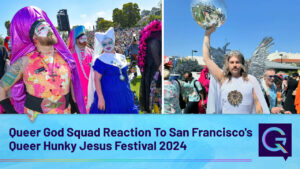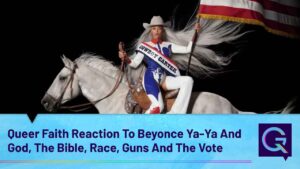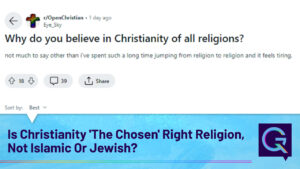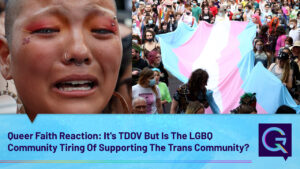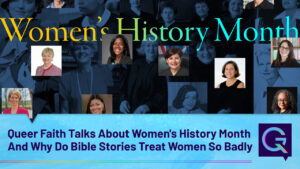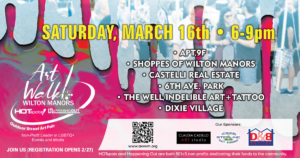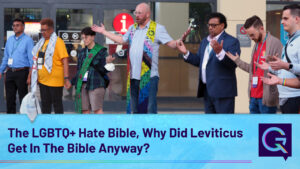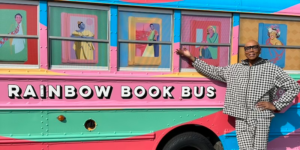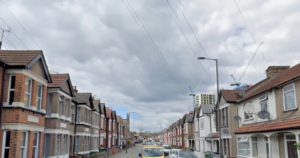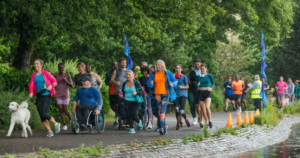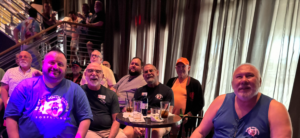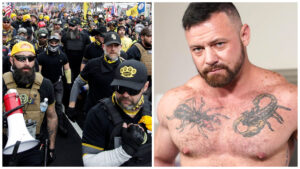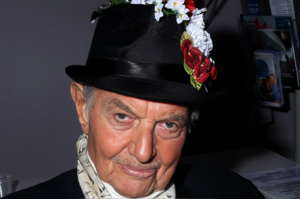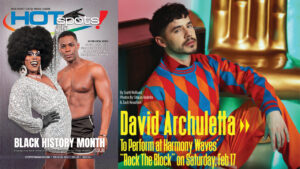In the last article, we talked about Varian Fry, an American journalist who ran a rescue mission during world war 2, during Nazi atrocities. However, more digging on the internet presented even more names and records showing many LGBTQ+ people who served in the military or helped in one way or another to fight the Nazi attack. The Nazi regime itself carried out a campaign against male homosexuality and persecuted gay men between 1933 and 1945.
The roles of men and women in society shifted during WWII. Millions of women and people of color saw increased opportunities for employment and service. This societal change had an impact on young LGBTQ+ people across the country. For the first time, many were free to make decisions and forge their own identities. Experimenting and finding comfort in new places. Military men had access to female impersonation through G.I. shows and entertainment off base.
Women in Military
Women in the military were able to express masculinity in uniforms, doing jobs that would have traditionally gone to men.
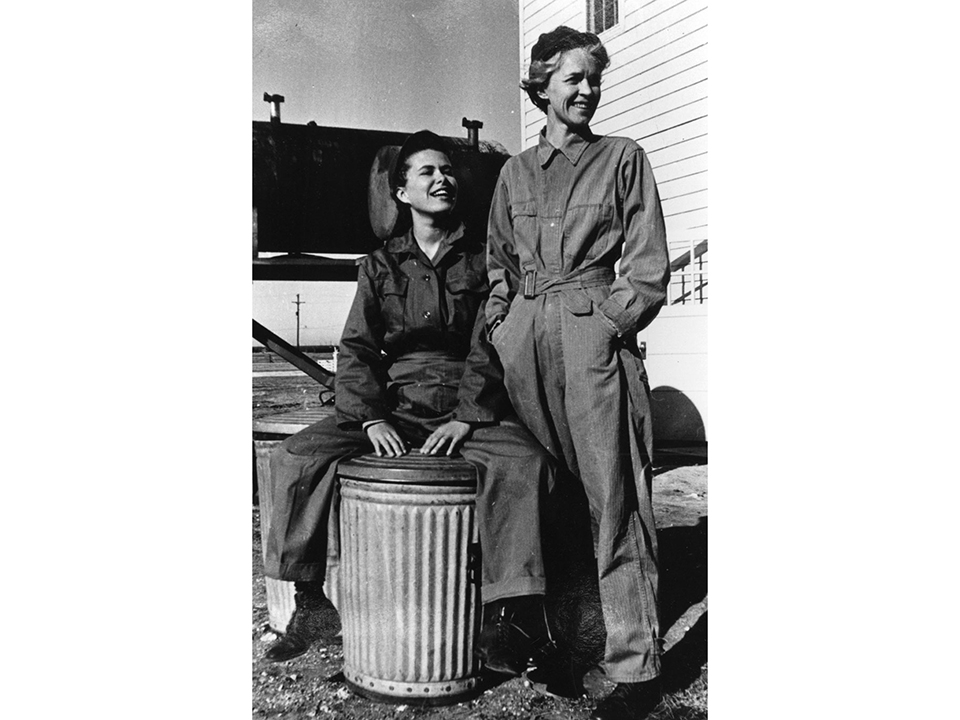
For many women specifically, joining the military was their first time feeling independent. Women were able to participate in work previously off-limits to them. Some women were drawn to military service because of the ability to wear a uniform and not feel confined by societal expectations. When WAAC examiners asked recruits why they were joining the Corps many described feelings of patriotism for reasons including “loves a uniform and what it stands for,” “always wanted to be a boy and join the army,” seeking “companionship of girls with similar patriotic desire,” and wants the “opportunity to mix with other girls”.
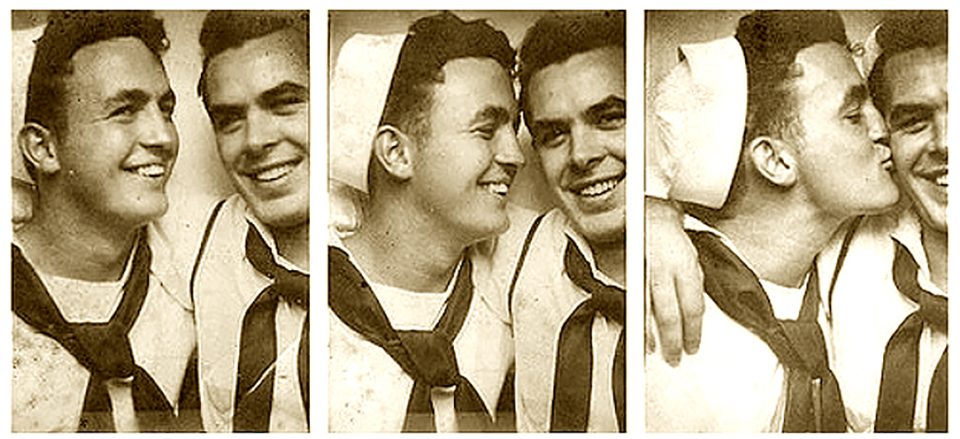
LGBTQ+ Culture During WWII
According to the findings of author Allan Berube, Washington during World War II was a crowded, bustling capital where military and civilian personnel, including gay men and lesbians, went about their duties for the war effort. At night, gay enlisted men used to meet in the bars and penny arcades around Pennsylvania Avenue and 9th Street NW nicknamed Little Times Square. Middle-class gay government workers developed a party network where those who were very discreet could meet. In his book Coming Out Under Fire: The History of Gay Men and Women in World War Two, he says that World War II was a turning point for gay men and lesbians and for the military.
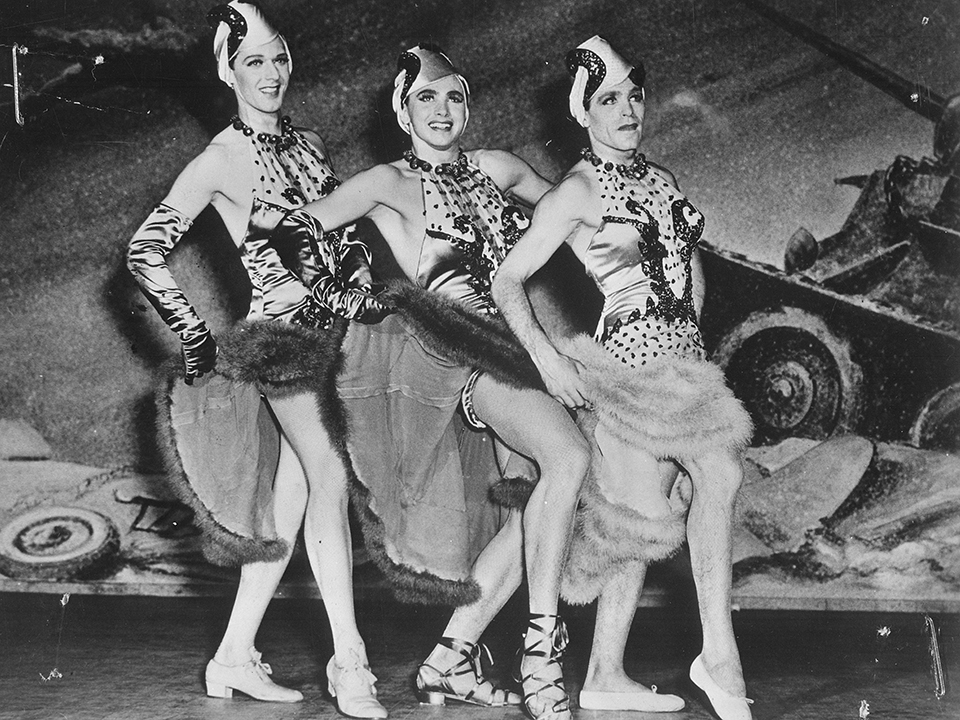
Once in the military, lesbians created social networks, with mannerisms and coded language aiding them in finding each other. After the war, when women were expected to return to civilian life and resume traditional gender roles, unmarried women who chose to remain in the military increasingly stood out as members of a deviant group.
Gay male culture also flourished in many ways in the military. Homosocial environments and the intimacy caused by life in combat made many in the military practice “don’t ask don’t tell” before it was even the official military stance. Drag shows were quite popular during the war, like “G.I. Carmen,” an all-GI musical stage show produced by the 253rd Infantry Regiment, 63rd Division of the U.S. Army as a morale booster for Allied troops. There were also queer social networks of gay men.
Trans in Service
While not a lot is known or confirmed about transgender people serving in the U.S. military during World War II, there are some stories of trans World War II veterans. Perhaps one of the most famous trans veterans was Christine Jorgensen, who was drafted into the U.S. Army in 1945. After the war, she heard about sex reassignment surgery and traveled to Copenhagen, Denmark, where she obtained special permission to undergo a series of operations starting in 1951. She returned to the U.S. in the 1950s and her transition was the subject of a New York Daily Newsfront page story. She became an instant celebrity, using the platform to advocate for transgender people, and also worked as an actress and nightclub entertainer. Some World War II veterans have told their stories of transitioning later in life, like Robina Asti, Louise Jennings, and Patricia Davis.
What Happened After The War?
Post-war, many gays and lesbians were discharged for homosexual activity. These were called “blue discharges,” a kind of middle ground between honorable and dishonorable. But the blue discharges ruined many lives. They were often marked “HS” or some other code for homosexuals, effectively disqualifying the veteran from receiving any GI rights or benefits and barring many discharged soldiers from getting civilian jobs.
While World War II caused many shifts in American culture, including shifts in popular ideas of traditional gender roles, the years following the war saw a return to the expectation that the woman would stay home while the man worked. The tenuous look-the-other-way policy towards gay men and women also came crumbling down during the late 1940s and 1950s, both in the military and in general society. Part of this was because the McCarthy era targeted homosexuals right alongside Communists.
However, just as African Americans experiencing Jim Crow laws after being willing to die for their country during the war contributed to the Civil Rights Movement, gay men and women experiencing persecution and repression after the relative freedom they experienced during the war contributed to the burgeoning gay rights movement. But it wasn’t until 2010 Don’t Ask, Don’t Tell Repeal Act that gays, lesbians, and bisexuals were allowed to serve openly in the U.S. Armed Forces.
Author
-

Her motto is to Live and Let Live. She believes in an inclusive and accepting approach toward life and hopes that one day we, as humans, will learn to respect and accept each other. She trusts in open dialogue and creating a safe environment for children. She is a proud LGBTQ+ community member who is living happily with her partner for 6 years with Dexter, their pet.



